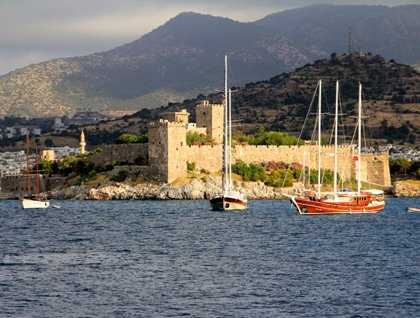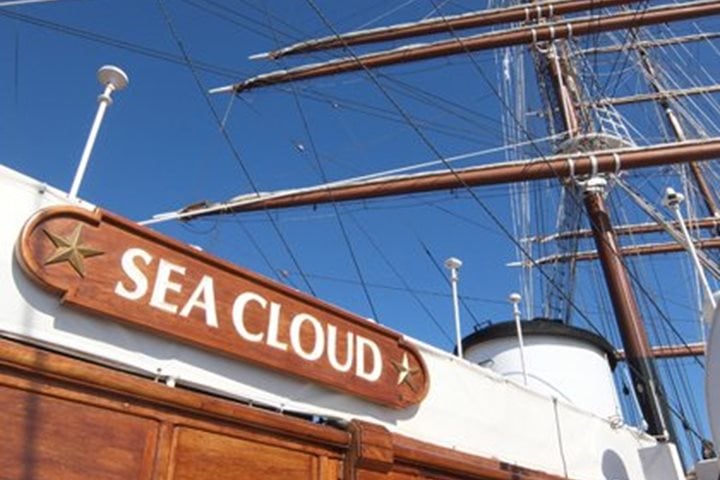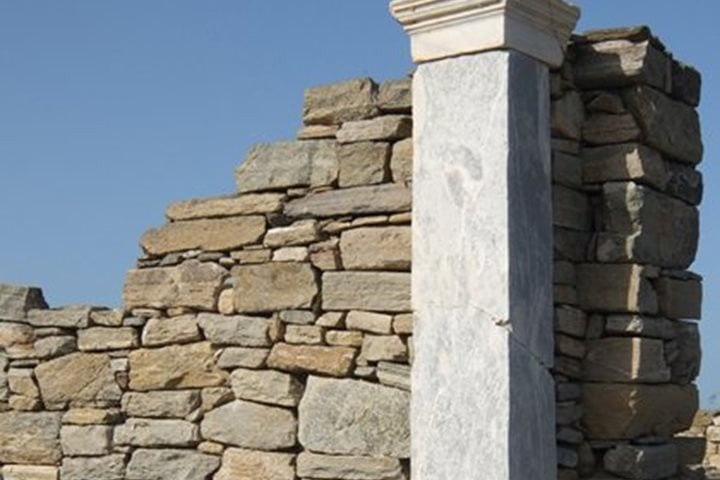Silhouetted against the grey dawn, eight old windmills stood like forgotten sentinels on the ridge above ancient Halicarnassus (modern Bodrum) as the Sea Cloud inched towards the pier. The bustling port was barely waking up as we left the ship; shopkeepers sweeping their doorways, fishermen spreading their nets to dry on the pier, dogs stretching their limbs on the sand shore, and delivery men darting about on motor bikes in and out between those of us who had chosen to walk to the center of the old town.
All cultural sites are closed on Mondays in Turkey, but our agents had made special arrangements for the Castle of St Peters, built by the Knights of St John, the Hospitaller’s of Rhodes (which houses the National Museum of Underwater Archaeology) to be open for a private visit. What a treat to have this magnificent fortress to ourselves! Situated on a peninsula between the two harbours, Bodrum’s castle is protected by two circuit walls, separated by a moat. One actually has to pass through seven different gates to enter the upper keep below the 47m tall French and Italian towers. The 249 coats-of-arms of long dead knights adorn the walls, silent testament to their service to the Order and protection of Christendom. Pink and white oleanders, mulberry, myrtle, pine, and plane trees provide a canopy of shade in every courtyard of the upper castle under which geraniums, lantana, cacti, poppies, and a large variety of Mediterranean wildflowers vie for space while the purple bougainvillea spill down the walls of the pathways. Stone anchors and amphorae from ancient ships provide perches for the peacocks, songbirds, and lizards that abound in this garden oasis. As we climbed up through the castle we stopped to visit different shipwreck exhibits, housed in the various towers, including a late Bronze Age ship carrying a bulk cargo of copper ingots and a Royal tribute gift of precious ebony, ivory and gold. All of the wrecks, including one with a cargo of 11th century A.D. Islamic glass were excavated by the Institute of Nautical Archaeology.
After our visit we emerged into the town square just in time to take in a children’s folk dance performance put on to raise money for a local school for the disabled. The young girls whirled around in a blur of coloured silks dresses and flower-decked veils, while the boys, complete with red-fezzes, danced with a determined attitude that defied their young age. Window-shopping through the colourful arcades of the old town was cut short by a torrential thunderstorm, which stopped abruptly just as we pulled away from the pier for an afternoon of cruising along the Datça Peninsula and around the Greek island of Kos.







